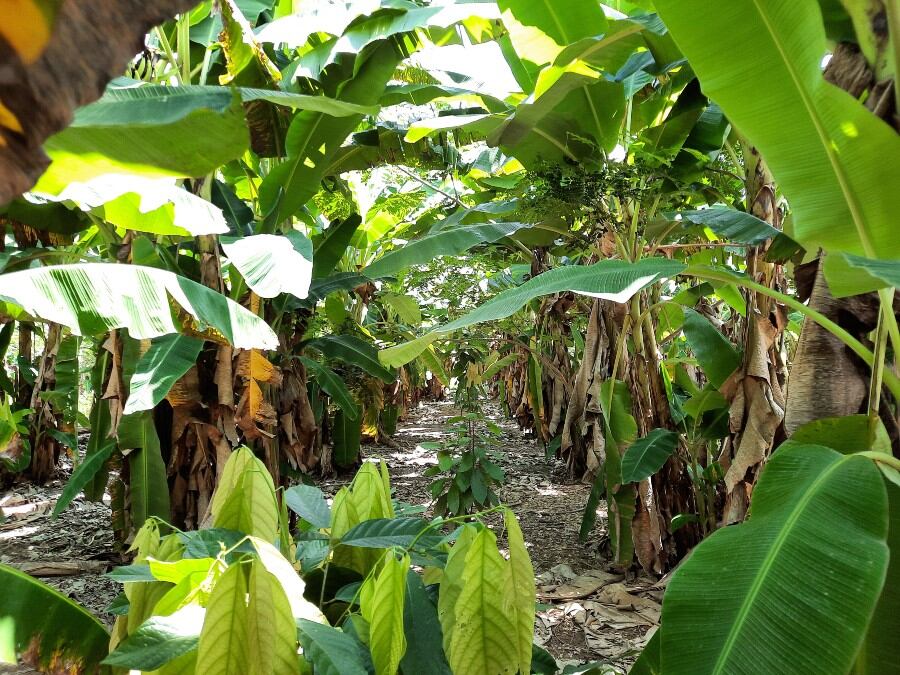TSIRO is a joint investment by USAID, implementing partner Catholic Relief Services, Sahanala agricultural cooperative, and private sector partners in the specialty chocolate segment, including Beyond Good, Guittard Chocolate, Akesson’s Organic Chocolate & Pepper, Heirloom Cacao Preservation Fund, and Fine Chocolate Industry Association.
Together, TSIRO Alliance partners are working over five years to strengthen conditions for biodiversity, and improve the wellbeing of more than 2000 farmers of cocoa, vanilla, coffee, cinnamon, wild pepper, cloves, ginger, and other prized spices, in the Tsaratanana and Fandriana-Vondrozo Forest Corridors in northwest and southeast Madagascar.
I wanted to know what success in conserving biodiverse ecosystems would look like, for staff and participants of the TSIRO Alliance. Their responses were diverse and beautiful, painting a picture of the trials and triumphs of farming in Madagascar.
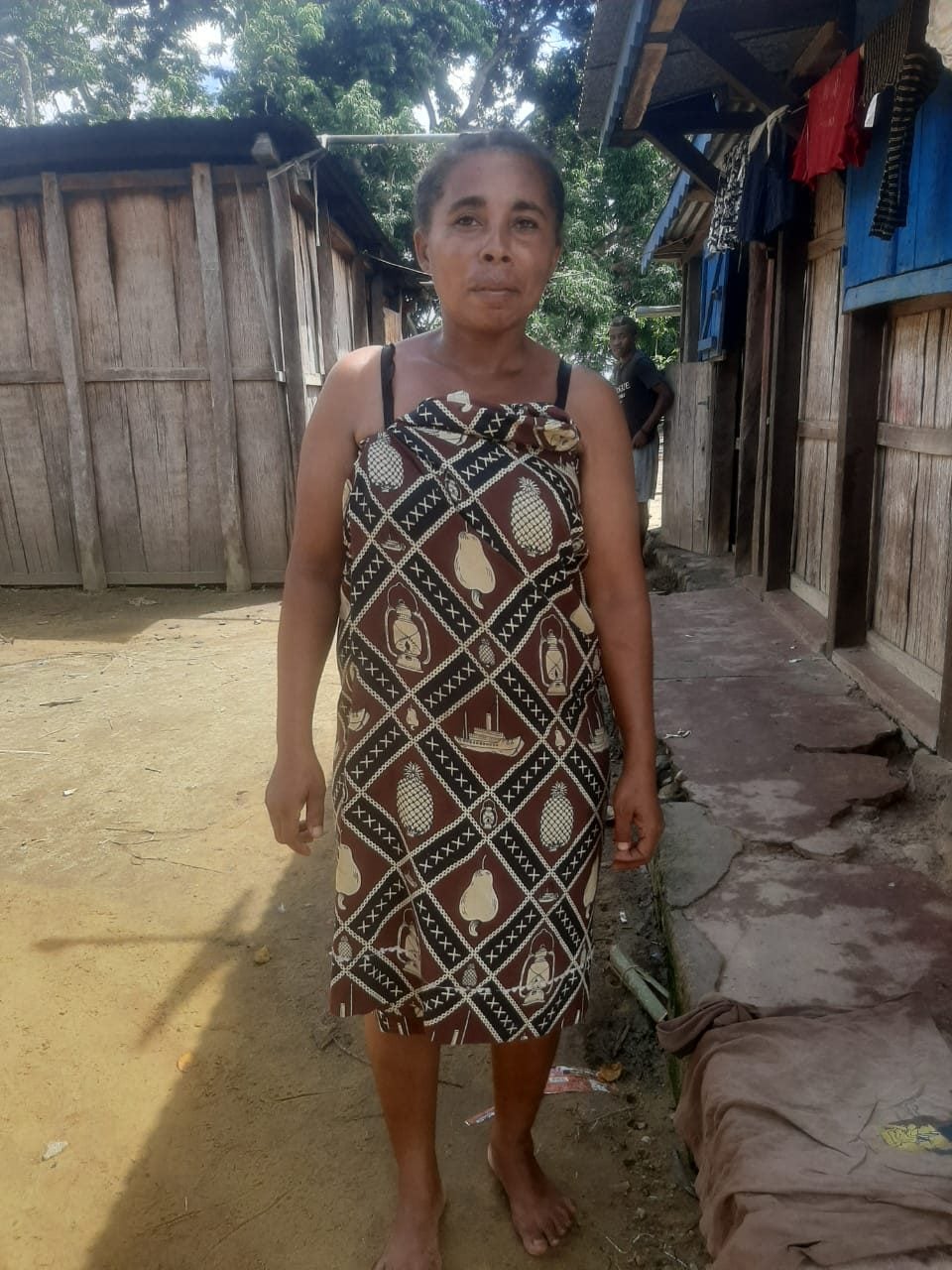
“I want my children to have benefits from my crops. My wish … is that my children go as far as possible in their level of study, [and] that I will pay for their schooling with the farming that I am doing now. So I plant a lot of trees,” -- Margueritte Rasoa, Farmer, Ambohimiarina II commune, Vatovavy Region & TSIRO program participant
“It’s the number of birds and lizards and insects that we’re finding, coming back. Bees coming back into fields … We had a time when disease [had] killed [the bees]. And now, we’re actually creating a system for these very needed things to thrive. We’re creating the environment for them to be safe,” said James Hazen, Chief of Party, Catholic Relief Services & Director of TSIRO Alliance
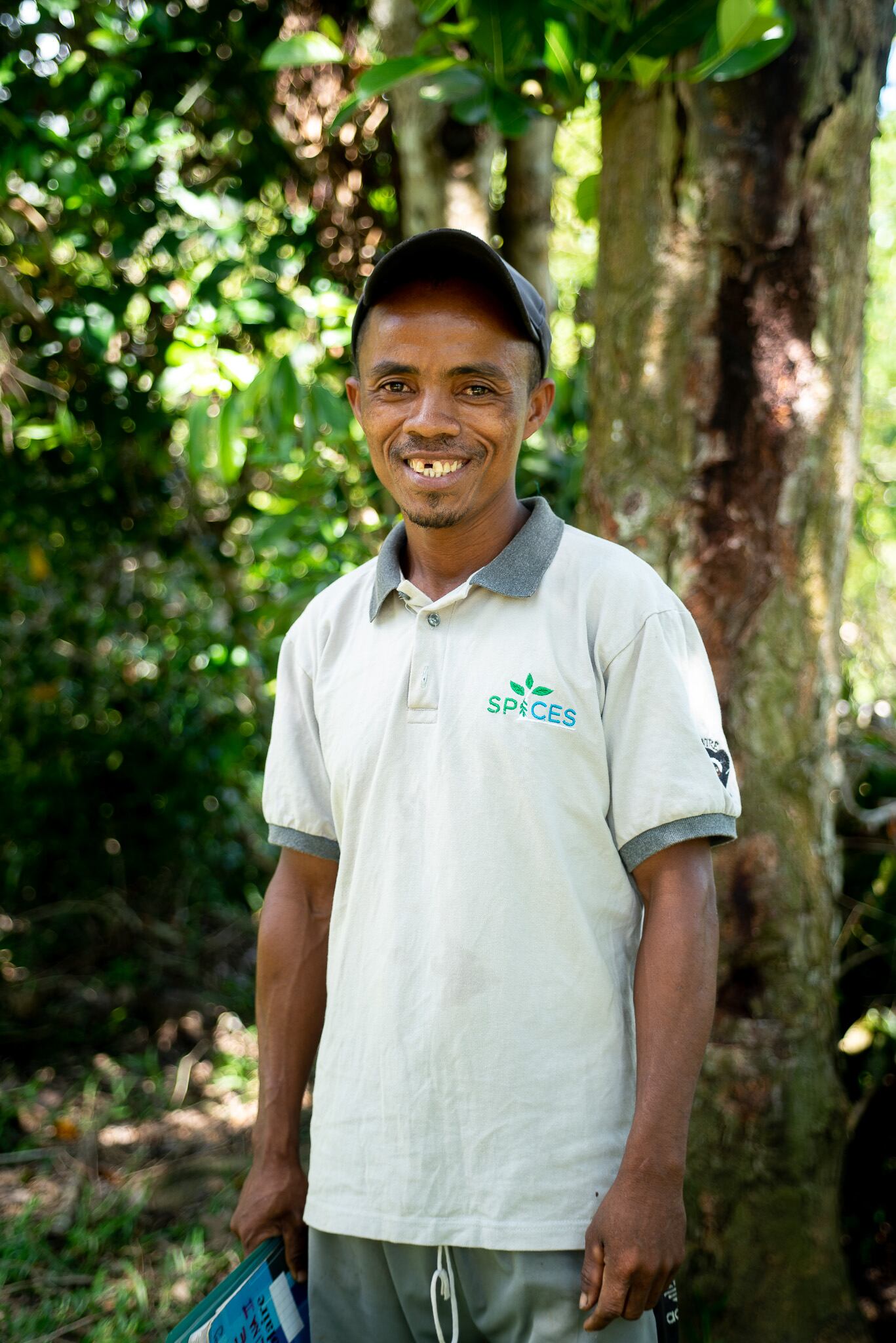
“As a nursery man, I really like the fact that I’m seeing more trees planted in our township. Especially after the passage of cyclones, it is very important to see more green around,” -- Jean Freddy Romule, Farmer, Ambohimiarina II commune, Vatovavy Region & TSIRO program participant
Biodiversity as lived experience
These stories of biodiversity success are based on what these individuals have experienced in their everyday work, and what they personally celebrate about the natural environment. But they have one thing in common, which is that they all describe the ‘lived experience’ of biodiversity.
The women and men who work with and for the TSIRO Alliance witness every day the ‘heartwarming’ aspects of a healthily biodiverse ecosystem: thriving populations of insects, birds, and mammals, plants growing prolifically within their niches. Perhaps they experience biodiversity in a momentary pause from work in the shade of a forest, or the surprise of seeing the nocturnal mouse lemur while strolling on a farm after sunset.
They also face, in a very literal way, the challenges of protecting that biodiversity. They don’t really have a choice. AGRICA, which analyzes climate risk in sub-Saharan Africa, describes Madagascar as “highly vulnerable” to climate change, with an urgent need for adaptation to new climate risks for both agriculture and biodiversity.[1]
“Climate risk,” “vulnerable,” “adaptation”: these aren’t just words for the people who live on the island-nation. Last year, TSIRO Alliance program areas suffered two cyclones within three weeks, with no time in between storms for people or environment to recover. This year, the record-breaking and deadly Cyclone Freddy flooded thousands of homes, tore roofs from homes and schools, and damaged farms and forests.[2]
TSIRO team members have the shared experience of living in a climate that is rapidly changing, and witnessing both the joys and the challenges of Madagascar’s fragile ecosystems. They understand climate risk on a personal level, and as well as the environmental and personal payoff when the goal of conserving biodiverse ecosystems is achieved.
Building a common language
Even as the TSIRO Alliance developed scientific approaches for measuring and protecting biodiversity, team members were thinking beyond their programmatic remit for other ways to further conservation research and knowledge building.
They understood that not every cocoa industry stakeholder shares their lived experiences. Without the visceral experiences of climate change, perhaps the urgency to protect fragile ecosystems might be lacking. How, then, to foster an understanding of biodiversity – or any cocoa-related term that might be somewhat mysterious or distant – among a wider audience?
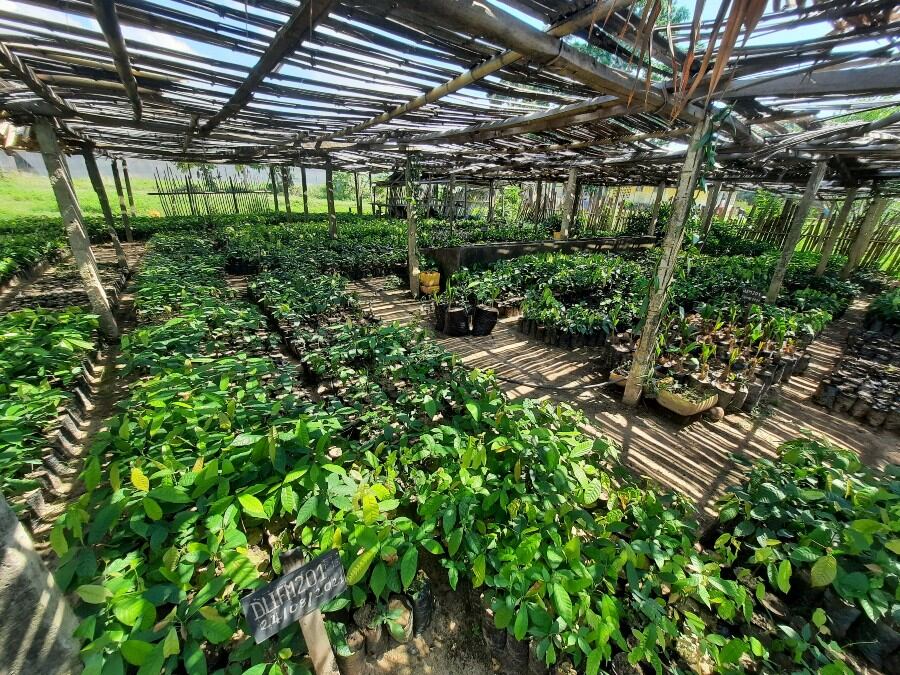
To promote a shared understanding of biodiversity concepts, and to illustrate their relevance to specialty cocoa and chocolate, TSIRO supported development of the Fine Chocolate Glossary. The Glossary is unique thought leadership tool that provides a space for developing a common language for fine chocolate.
The goal of the Glossary is to promote dialogue and collaborative knowledge production among fine chocolate stakeholders. Perhaps thanks to its nature as a public-private partnership, whose own stakeholders use different languages to describe a common goal, TSIRO Alliance members understood the value of creating a tool to foster a shared understanding of cocoa and chocolate terms.
By supporting the Glossary, TSIRO made tangible its commitment not only to measurable impact on biodiversity conservation in Madagascar, but making such research accessible and understandable to any interested person. In doing so, they paved the way for a wider and more meaningful conversation around climate change, climate resilience, biodiversity, and cocoa.
Measuring biodiversity
TSIRO Alliance biodiversity research assesses “inventories,” as they are called, of various plants and animals across two types of land parcels: agroforestry plots, where farmers grow cocoa and spices in a forested setting, and forest fragments, protected areas of land that are not farmed commercially.
The higher the “inventory” of any particular animal or plant on any parcel of land, the more biodiverse it is; consequently, the healthier the ecosystem.
TSIRO researchers measured biodiversity across forest fragments and agroforestry plots. Results showed that both types of plots “supported valuable diversity” of plants, primates, small mammals (including lemurs, several species of which are endangered), birds, amphibians, reptiles, and insects. Unsurprisingly, though, inventories of every species measured was higher in forest fragments than it was on farmed land.
Measuring biodiversity is challenging. Different sampling methods are needed to count distinct plant and animal species, and the necessary equipment is not always available or easily installed in rural areas (for example, auditory equipment to measure populations of bats). The even bigger challenge is protecting and enhancing that biodiversity once baseline measurements have been taken.
Now that TSIRO has data that show farmed plots are less biodiverse than the forest fragments, the Alliance’s job is to reduce that gap. One of TSIRO’s goals is to restore 1100 hectares across its programme areas to a state that is “suitable for critical biodiversity habitat”; that is, to become an inviting home for the full variety of native plants and animals.
From a strictly environmental perspective, this is critical work: nearly 200 species that live in the two forest corridors are on the International Union for Conservation of Nature’s red list of threatened species.[3]
But TSIRO cannot only work with the motivator of protecting endangered species. To realize their ambitious target, and to achieve the aim of conserving biodiverse areas, they must translate the concept of biodiversity into language meaningful for farmers working on agroforestry plots.
That means translating biodiversity into the language of business.
Biodiversity means better business: Wisdom of a lost leader
The driving force behind TSIRO’s biodiversity assessment was, until very recently, Mahandry Andrianarisoa.
Andrianarisoa had a passion for protecting biodiversity in his beloved home of Madagascar. His dedication to conserving the country’s fragile ecosystems, and his hope for Madagascar’s ecological future, shone through in the first moments of conversation with him. His expertise in measuring and monitoring biodiversity, and devising ways to conserve and enhance it, were cornerstones of the TSIRO Alliance.
While I was researching for this article, Andrianarisoa passed away from a tragic accident. Our interview for this piece was conducted the same day he finished the draft report from which I quoted above; these were two of his final contributions to TSIRO.
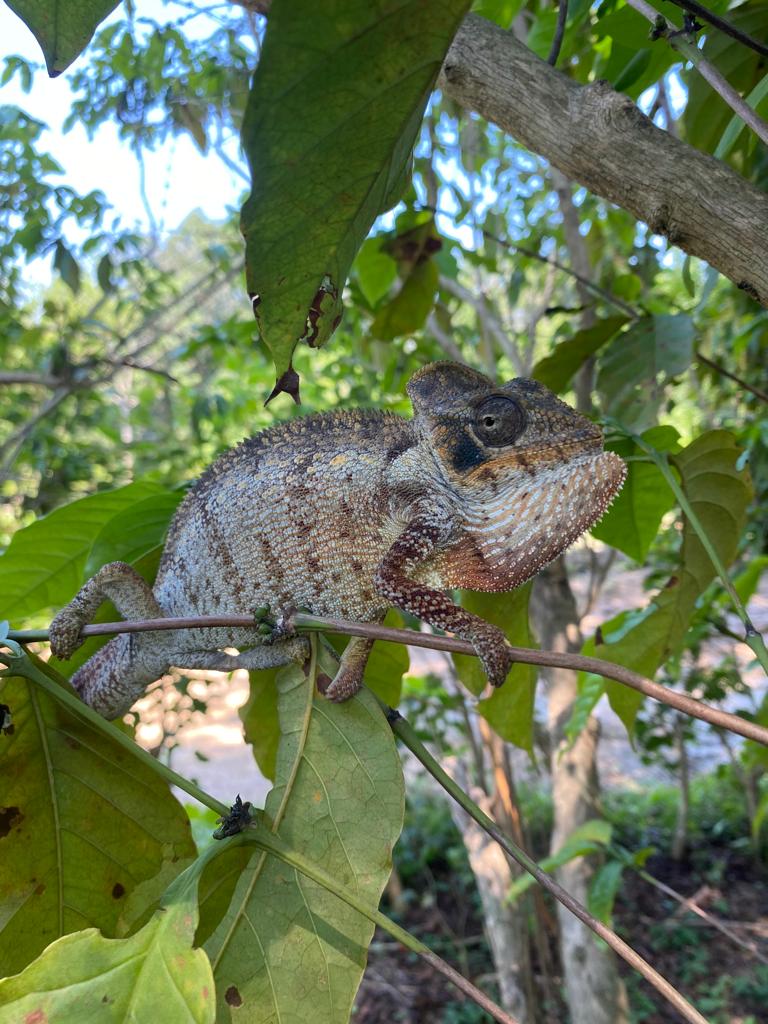
The loss of their cherished colleague and friend has been devastating for TSIRO staff members; even as this article goes to publication, they are grieving. It is the smallest of balms, insignificant in the face of enormous grief, but Andrianarisoa’s contributions to his goal of protecting Madagascar’s biodiversity were real and material. When he passed, he was actively contributing to his life’s mission, and those contributions are lasting.
Of all the people I spoke with for this article, Andrianarisoa articulated most clearly what might truly motivate farmers to protect and conserve their environment: understanding that biodiversity means better business.
When I asked him what success looked like for protecting biodiversity, Andrianarisoa replied: “I went to a village, and there was a participant in the [TSIRO] program that was [newly] aware of the importance of birds in their farm plots. A bird will spread the seeds of the cinnamon, so it’s a natural dispersal, like the bird is trying to help you have more trees. And to help you make money! I was happy that people understand that we need diversity in the farm plots.”
When a seed passes through a bird or lemur, the chance it will germinate into a plant increases, sometimes remarkably so, depending on the species. Having diverse and healthy populations of birds on the agroforestry plots improves the chances that any plant – including cash crops – will proliferate and multiply. When they do, farmers stand to earn more.
When ecosystems thrive, everyone benefits
One of the many strengths of the TSIRO Alliance lies in its commitment to biodiversity as an inherently valuable achievement. As Andrianarisoa made clear in our conversation, protecting and enhancing Madagascar’s biodiversity is worth pursuing for its own sake.
The ripple effects may be even stronger. In Andrianarisoa’s beautiful imagery of biodiverse agroforestry, environmental conservation and economic success are one and the same.
The birds win, the farmers win, the cocoa and spice trades win. The ecosystem thrives. Madagascar stands to become more climate resilient, and more adaptable to climate threats known and unknown.
TSIRO Alliance program participants have seen both the volume and quality of their cocoa and spices increase. Farmer incomes and savings have improved. Only a complex mesh of contributing factors could achieve this.
Shared environmental knowledge among programme participants and staff; common threats and solutions that they understand through lived experience in Madagascar; and a dedicated focus on sustainable agriculture all work together to fertilize a conceptual system, an approach, that encourages actual, living plants to flourish.
The thriving ecosystem that has been achieved through the TSIRO Alliance demonstrates what can be achieved, in a relatively short time (the programme will celebrate its two year anniversary in July 2023), when dedicated individuals and companies come together to work towards a shared vision, and a goal that will elevate cocoa everywhere.
Sources:
[1] https://agrica.de/ and https://agrica.de/wp-content/uploads/2021/01/GIZ_Climate-Risk-Profile-Madagascar_EN_final.pdf
[2] https://reliefweb.int/disaster/tc-2023-000023-mdg
[3] https://www.iucnredlist.org/
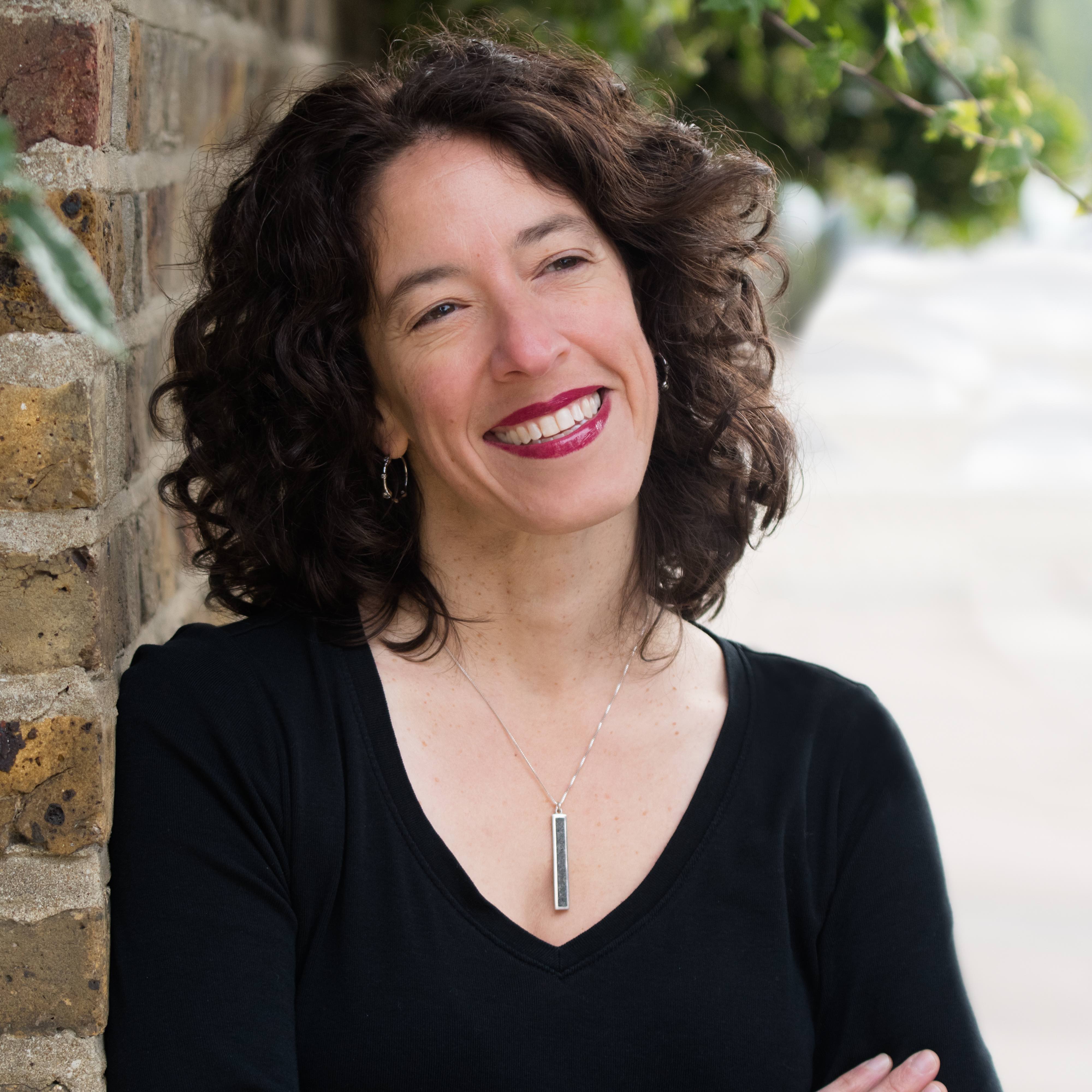
Dr Kristy Leissle is a scholar of cocoa and chocolate, and a member of CN's editorial board. Since 2004, her work has investigated the politics, economics, and cultures of these industries, focusing on West African political economy and trade, the US craft market, and the complex meanings produced and consumed through chocolate marketing and advertising. Her recent book, Cocoa (Cambridge: Polity, 2018) explores cocoa geopolitics and personal politics, and was #3 on Food Tank’s 2018 Fall Reading List.

